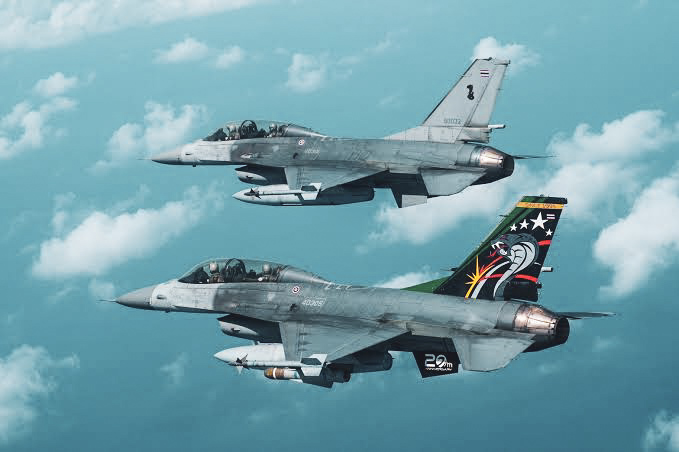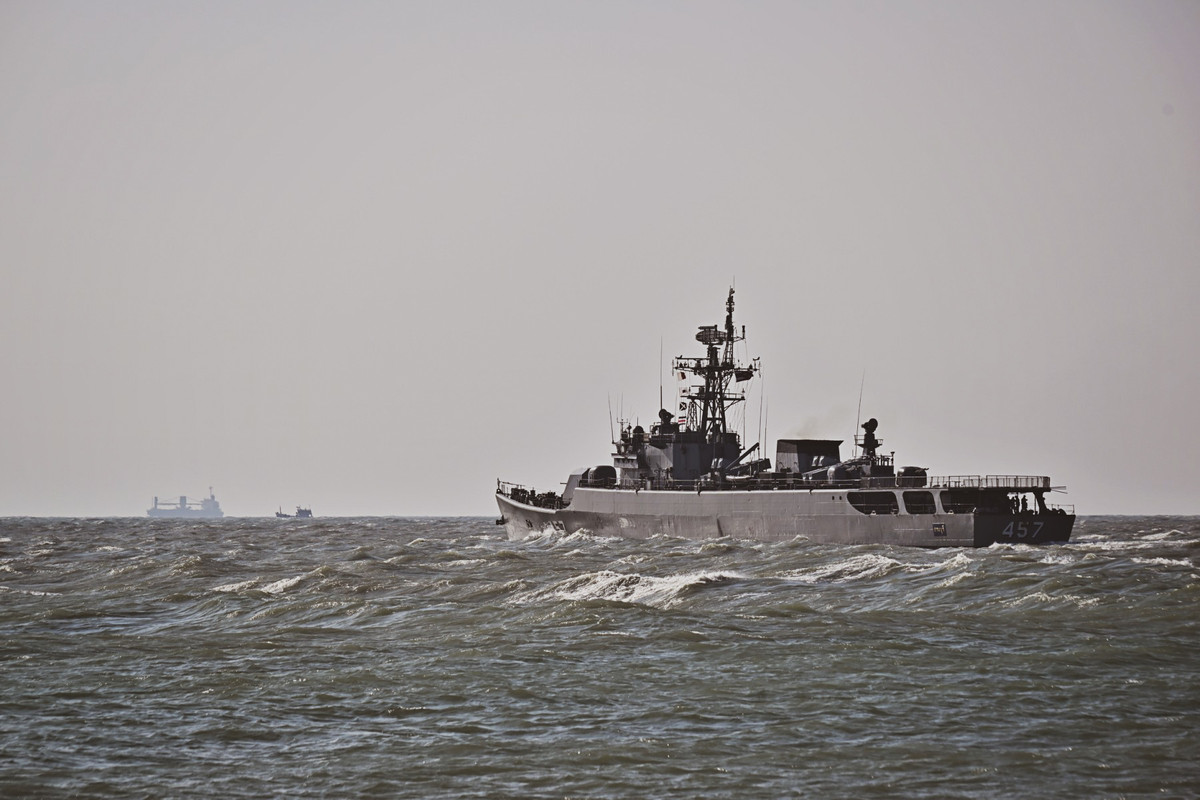- Jul 12, 2018
- 10,252
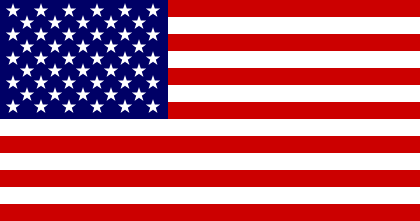
|
OPERATION HIDDEN DRAGON |
SECRET |

| 
NAVY DEPLOYMENT | 
|
|
CARRIER STRIKE GROUP FOUR
Rear Admiral Vance Thibodeaux
Rear Admiral Vance Thibodeaux
| Ship Class | Vessel | Compliment | Home Port |
| Nimitz-class Aircraft Carrier | USS William J. Clinton | Total: 6012 / Compliment: 3532 / Pilots: 250 / Air Wing: 2230 | Naval Support Activity Hampton Roads, Virginia |
| Ticonderoga-class Guided Missile Cruiser | USS Bunker Hill | 330 | Naval Support Activity Hampton Roads, Virginia |
| Ticonderoga-class Guided Missile Cruiser | USS Thomas S. Gates | 330 | Naval Support Activity Hampton Roads, Virginia |
| Ticonderoga-class Guided Missile Cruiser | USS Leyte Gulf | 330 | Naval Support Activity Hampton Roads, Virginia |
| Arleigh Burke-class Guided Missile Destroyer | USS Joseph R. Biden | 323 | Naval Support Activity Hampton Roads, Virginia |
| Arleigh Burke-class Guided Missile Destroyer | USS Connie Mack III | 323 | Naval Support Activity Hampton Roads, Virginia |
| Arleigh Burke-class Guided Missile Destroyer | USS Bob Graham | 323 | Naval Support Activity Hampton Roads, Virginia |
| Arleigh Burke-class Guided Missile Destroyer | USS Max Cleland | 323 | Naval Support Activity Hampton Roads, Virginia |
| Arleigh Burke-class Guided Missile Destroyer | USS Paul Coverdell | 323 | Naval Support Activity Hampton Roads, Virginia |
| Celestial-class Frigate | USS Celestial | 140 | Naval Support Activity Hampton Roads, Virginia |
| Celestial-class Frigate | USS John Adams | 140 | Naval Support Activity Hampton Roads, Virginia |
| Supply-class Support Ship | USNS Stratus | 600 | Naval Support Activity Hampton Roads, Virginia |
| Supply-class Support Ship | USNS Cirrus | 600 | Naval Support Activity Hampton Roads, Virginia |
| Henry J. Kaiser-class Replenishment Oiler | USNS John Isherwood | 113 | Naval Support Activity Hampton Roads, Virginia |
| Henry J. Kaiser-class Replenishment Oiler | USNS Henry Eckford | 113 | Naval Support Activity Hampton Roads, Virginia |
CARRIER AIR WING TWO
Captain Michael Bondar
Captain Michael Bondar
| Squadron | Aircraft | Number of Aircraft | Personnel | Garrison |
| Fighter Attack Squadron 101 (VFA-101) | F/A-18F Super Hornet | 12 | 24 Pilots | Naval Air Station Oceana, Virginia |
| Fighter Attack Squadron 102 (VFA-102) | F/A-18F Super Hornet | 12 | 24 Pilots | Naval Air Station Oceana, Virginia |
| Fighter Attack Squadron 103 (VFA-103) | F/A-18F Super Hornet | 12 | 24 Pilots | Naval Air Station Oceana, Virginia |
| Fighter Attack Squadron 104 (VFA-104) | F/A-18F Super Hornet | 12 | 24 Pilots | Naval Air Station Oceana, Virginia |
| Marine Fighter Attack Squadron 201 | F/A-18F Super Hornet | 12 | 24 Pilots | Naval Air Station Oceana, Virginia |
| Electronic Attack Squadron 301 (VAQ-301) | EA-18G Growler | 12 | 24 Pilots | Naval Air Station Oceana, Virginia |
| Carrier Airborne Early Warning Squadron 401 (VAW-401) | E-2C Hawkeye | 4 | 20 Pilots | Naval Station Norfolk Chambers Field, Virginia |
| Fleet Logistics Support Squadron 501 (VRC-501) | C-2 Greyhound | 2 | 4 Pilots | 4 Crew | Naval Station Norfolk Chambers Field, Virginia |
SUBMARINE SQUADRON 2
Captain Richard O'Reilly
Captain Richard O'Reilly
| Ship Class | Vessel | Compliment | Home Port |
| Los Angeles-class Submarine | USS San Juan | 110 | Naval Submarine Base New London, Connecticut |
| Los Angeles-class Submarine | USS Pasadena | 110 | Naval Submarine Base New London, Connecticut |
| Los Angeles-class Submarine | USS Albany | 110 | Naval Submarine Base New London, Connecticut |
| Los Angeles-class Submarine | USS Topeka | 110 | Naval Submarine Base New London, Connecticut |
SUBMARINE SQUADRON 6
Captain Andrew Garnier
Captain Andrew Garnier
| Ship Class | Vessel | Compliment | Home Port |
| Ohio-class Submarine | USS Ohio | 155 | Naval Submarine Base New London, Connecticut |
| Ohio-class Submarine | USS Michigan | 155 | Naval Submarine Base New London, Connecticut |
DETAILS
Nimitz-class - Fully Fueled; Aviation reserves fully fueled; Non-perishable and perishable food/water for 3 month journey; Standard armaments including: x3 NATO Sea Sparrow Launchers (x8 RIM-7 Sea Sparrow loaded in each); x4 Phalanx CIWS; x2 RAM launchers (x21 missiles); Standard countermeasures/decoys; Onboard: x500 M4A1 Carbine and associated ammo and x500 M1911 and associated ammo in barracks;
Aircraft: x60 Boeing F/A-18E/F Super Hornet and all of their necessary armaments and equipment; x12 EA-18G Growler; x8 MH-60S; x5 Northrop Grumman E-2D Hawkeye; x2 C-25 Greyhound.
Ticonderoga-class - Fully Fueled; Non-perishable and perishable food/water for 3 month journey; x8 RGM-84 Harpoon missiles; x2 5 in 62 caliber Mark 45 Mod 4 lightweight gun; x2 25 mm (0.98 in) Mk 38 gun; x4 .50 in (12.7 mm) cal. machine gun; x2 Phalanx CIWS Block 1B; x2 Mk 32 12.75 in (324 mm) triple torpedo tubes (standard reserve of Mk 54 torpedoes); Onboard: x30 M4A1 Carbine and associated ammo and x30 M1911 and associated ammo in barracks;
x2 61 cell Mk 41 vertical launch systems containing: x5 RUM-139C (Mrk 54 Torpedo); x244 (Quad packed) RIM-162A ESSM; x40 RIM-161B (SM-3 block IA); x16 RGM/UGM-109B Tomahawk Anti-Ship Missile;
Countermeasures/decoys: Mark 36 SRBOC; AN/SLQ-25 Nixie;
Aircraft: x2 Sikorsky MH-60S;
Boats: x1 RHIB.
Arleigh Burke-class (Flight IIA) - Fully Fueled; Non-perishable and perishable food/water for 3 month journey; x1 5-inch (127 mm)/62 Mk. 45 Mod 4 (lightweight gun); x2 20 mm Phalanx CIWS; x2 25 mm M242 Bushmaster chain gun; x2 Mk 141 Harpoon Anti-Ship Missile Launcher (x8 Harpoon missiles each); x2 Mark 32 triple torpedo tubes: x1 per tube + full standard storage of Mark 54 torpedoes on ship; Onboard: x150 M4A1 Carbine and associated ammo and x150 M1911 and associated ammo in barracks.
96-cell Mk 41 VLS: x10 RUM-139C (Mrk 54 Torpedo); x32 (Quad packed) RIM-162A ESSM; x5 RIM-161B (SM-3 block IA); x48 RGM/UGM-109E Tomahawk Land Attack Missile; x25 RGM/UGM-109B Tomahawk Anti-Ship Missile;
Countermeasures/decoys: AN/SLQ-32(V)2 Electronic Warfare System; AN/SLQ-25 Nixie Torpedo Countermeasures; MK 36 MOD 12 Decoy Launching System; MK 53 Nulka Decoy Launching System; AN/SLQ-39 CHAFF Buoys;
Aircraft: x2 Sikorsky MH-60S;
Boats: x1 RHIB.
Celestial-class Cutter - Fully Fueled; Aviation reserves fully fueled; Non-perishable food/water for 2 month journey; Well-rested, fed, and uniformed crew;
32-cell Mk 41 VLS: x5 RUM-139C (Mrk 54 Torpedo); x36 (Quad packed) RIM-162A ESSM; x3 RGM/UGM-109E Tomahawk Land Attack Missile; x15 RGM/UGM-109B Tomahawk Anti-Ship Missile;
Standard armaments including: x2 Mk 141 canister Harpoon missile launcher (x8 missiles); x1 Mk 32 triple torpedo launcher + 10 Mark 50 torpedoes stored; x2 Mk44 Bushmaster II 30-mm chain guns; x1 SeaRAM CIWS; x1 Mk 110 57mm gun; x4 crew-served .50 caliber Browning M2 machine guns; x2 crew-served M240B 7.62 mm machine guns;
Decoys: x2 Mk 36 SRBOC chaff rapid decoy launchers;
Compliment: 140 Coast Guard sailors;
Barracks: x100 Sig Sauer P229 DAK 9mm w/ Night Sights and x200 loaded magazines; x100 M4 Carbine and x300 loaded magazines; x10 M870P 12-gauge and x300 12-gauge shotgun shells.
Boats: x2 RHIB (each with mounted .50 cal Machine Gun).
Supply-class - Fully Fueled; Fully-stocked with non-perishable and perishable food/water for 6 month journey of the entire fleet (on top of the resources the respective ships already have); complete storage of usable fuel for aforementioned vessels; complete storage of aviation fuel for aforementioned aircraft; x2 Sikorsky MH-60S; Onboard: x100 M4A1 Carbine and associated ammo and x100 M1911 and associated ammo in barracks;
Boats: x1 RHIB.
Henry J. Kaiser-class Replenishment Oiler - Fully Fueled; Fully-stocked with non-perishable and perishable food/water for 6 month journey; complete storage of usable fuel for all conventionally-powered vessels for 6 month journey; complete storage of aviation fuel for all aircraft in the fleet for 6 month deployment; Onboard: x60 M4A1 Carbine and associated ammo and x60 M1911 and associated ammo in barracks;
Boats: x1 RHIB.
Los Angeles-class - Fully Fueled; Non-perishable food/water for 3 month journey; x12 VLS tubes + x12 RGM/UGM-109E Tomahawk Land Attack Missile, x4 533 mm torpedo tubes + 13 Mk-48 torpedoes; Onboard: x80 M4A1 Carbine and associated ammo and x80 M1911 and associated ammo in barracks.
Ohio-class (SSGN) - Fully Fueled; Non-perishable food/water for 3 month journey; x154 BGM-109 Tomahawks in 22 groups of seven, x4 533 mm Mark 48 torpedo tubes + (standard armament of torpedoes) Mk-48 torpedoes; Onboard: x85 M4A1 Carbine and associated ammo and x80 M1911 and associated ammo in barracks.
Aircraft: x60 Boeing F/A-18E/F Super Hornet and all of their necessary armaments and equipment; x12 EA-18G Growler; x8 MH-60S; x5 Northrop Grumman E-2D Hawkeye; x2 C-25 Greyhound.
Ticonderoga-class - Fully Fueled; Non-perishable and perishable food/water for 3 month journey; x8 RGM-84 Harpoon missiles; x2 5 in 62 caliber Mark 45 Mod 4 lightweight gun; x2 25 mm (0.98 in) Mk 38 gun; x4 .50 in (12.7 mm) cal. machine gun; x2 Phalanx CIWS Block 1B; x2 Mk 32 12.75 in (324 mm) triple torpedo tubes (standard reserve of Mk 54 torpedoes); Onboard: x30 M4A1 Carbine and associated ammo and x30 M1911 and associated ammo in barracks;
x2 61 cell Mk 41 vertical launch systems containing: x5 RUM-139C (Mrk 54 Torpedo); x244 (Quad packed) RIM-162A ESSM; x40 RIM-161B (SM-3 block IA); x16 RGM/UGM-109B Tomahawk Anti-Ship Missile;
Countermeasures/decoys: Mark 36 SRBOC; AN/SLQ-25 Nixie;
Aircraft: x2 Sikorsky MH-60S;
Boats: x1 RHIB.
Arleigh Burke-class (Flight IIA) - Fully Fueled; Non-perishable and perishable food/water for 3 month journey; x1 5-inch (127 mm)/62 Mk. 45 Mod 4 (lightweight gun); x2 20 mm Phalanx CIWS; x2 25 mm M242 Bushmaster chain gun; x2 Mk 141 Harpoon Anti-Ship Missile Launcher (x8 Harpoon missiles each); x2 Mark 32 triple torpedo tubes: x1 per tube + full standard storage of Mark 54 torpedoes on ship; Onboard: x150 M4A1 Carbine and associated ammo and x150 M1911 and associated ammo in barracks.
96-cell Mk 41 VLS: x10 RUM-139C (Mrk 54 Torpedo); x32 (Quad packed) RIM-162A ESSM; x5 RIM-161B (SM-3 block IA); x48 RGM/UGM-109E Tomahawk Land Attack Missile; x25 RGM/UGM-109B Tomahawk Anti-Ship Missile;
Countermeasures/decoys: AN/SLQ-32(V)2 Electronic Warfare System; AN/SLQ-25 Nixie Torpedo Countermeasures; MK 36 MOD 12 Decoy Launching System; MK 53 Nulka Decoy Launching System; AN/SLQ-39 CHAFF Buoys;
Aircraft: x2 Sikorsky MH-60S;
Boats: x1 RHIB.
Celestial-class Cutter - Fully Fueled; Aviation reserves fully fueled; Non-perishable food/water for 2 month journey; Well-rested, fed, and uniformed crew;
32-cell Mk 41 VLS: x5 RUM-139C (Mrk 54 Torpedo); x36 (Quad packed) RIM-162A ESSM; x3 RGM/UGM-109E Tomahawk Land Attack Missile; x15 RGM/UGM-109B Tomahawk Anti-Ship Missile;
Standard armaments including: x2 Mk 141 canister Harpoon missile launcher (x8 missiles); x1 Mk 32 triple torpedo launcher + 10 Mark 50 torpedoes stored; x2 Mk44 Bushmaster II 30-mm chain guns; x1 SeaRAM CIWS; x1 Mk 110 57mm gun; x4 crew-served .50 caliber Browning M2 machine guns; x2 crew-served M240B 7.62 mm machine guns;
Decoys: x2 Mk 36 SRBOC chaff rapid decoy launchers;
Compliment: 140 Coast Guard sailors;
Barracks: x100 Sig Sauer P229 DAK 9mm w/ Night Sights and x200 loaded magazines; x100 M4 Carbine and x300 loaded magazines; x10 M870P 12-gauge and x300 12-gauge shotgun shells.
Boats: x2 RHIB (each with mounted .50 cal Machine Gun).
Supply-class - Fully Fueled; Fully-stocked with non-perishable and perishable food/water for 6 month journey of the entire fleet (on top of the resources the respective ships already have); complete storage of usable fuel for aforementioned vessels; complete storage of aviation fuel for aforementioned aircraft; x2 Sikorsky MH-60S; Onboard: x100 M4A1 Carbine and associated ammo and x100 M1911 and associated ammo in barracks;
Boats: x1 RHIB.
Henry J. Kaiser-class Replenishment Oiler - Fully Fueled; Fully-stocked with non-perishable and perishable food/water for 6 month journey; complete storage of usable fuel for all conventionally-powered vessels for 6 month journey; complete storage of aviation fuel for all aircraft in the fleet for 6 month deployment; Onboard: x60 M4A1 Carbine and associated ammo and x60 M1911 and associated ammo in barracks;
Boats: x1 RHIB.
Los Angeles-class - Fully Fueled; Non-perishable food/water for 3 month journey; x12 VLS tubes + x12 RGM/UGM-109E Tomahawk Land Attack Missile, x4 533 mm torpedo tubes + 13 Mk-48 torpedoes; Onboard: x80 M4A1 Carbine and associated ammo and x80 M1911 and associated ammo in barracks.
Ohio-class (SSGN) - Fully Fueled; Non-perishable food/water for 3 month journey; x154 BGM-109 Tomahawks in 22 groups of seven, x4 533 mm Mark 48 torpedo tubes + (standard armament of torpedoes) Mk-48 torpedoes; Onboard: x85 M4A1 Carbine and associated ammo and x80 M1911 and associated ammo in barracks.
|
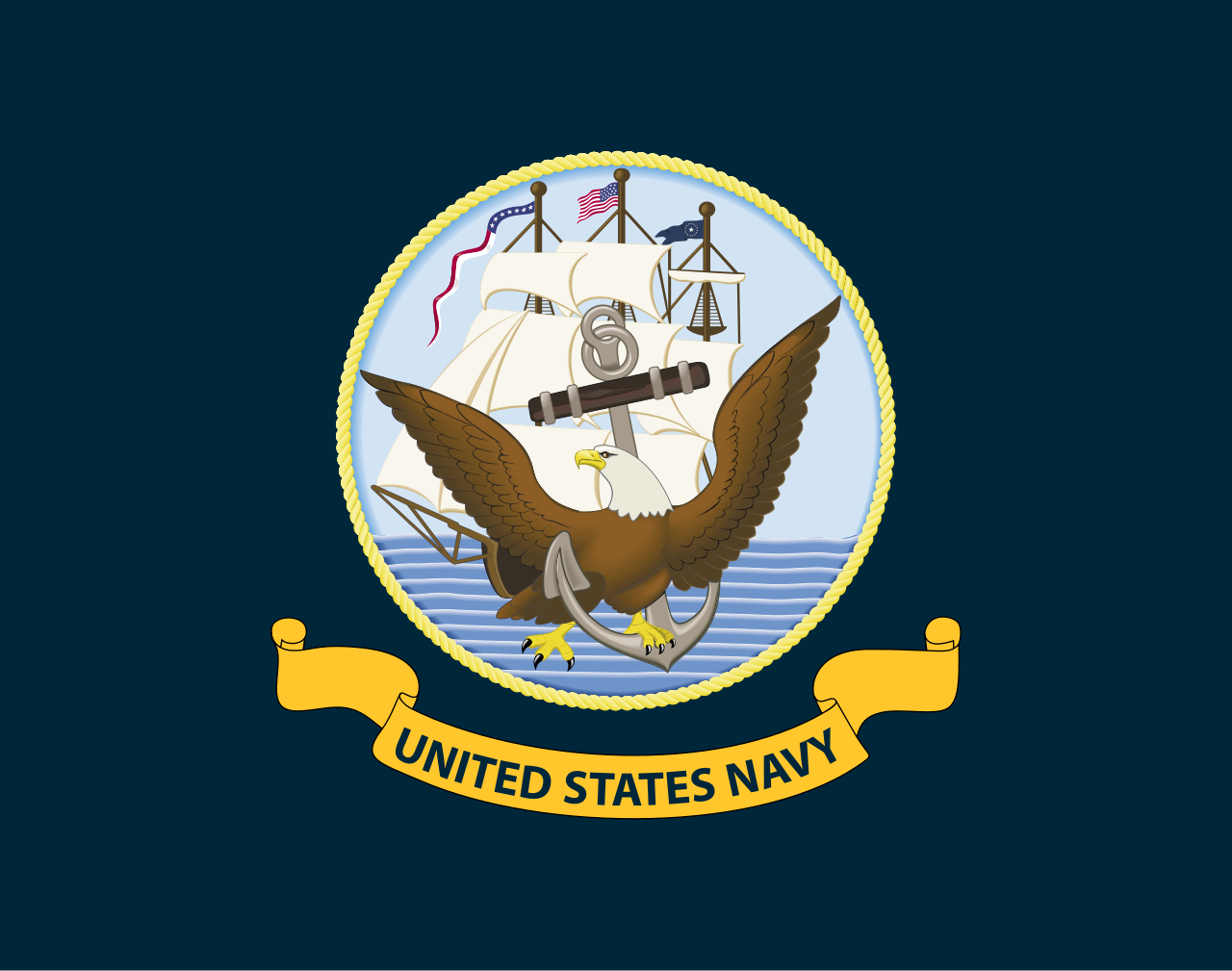
| 
DEPLOYMENT ORDERS | 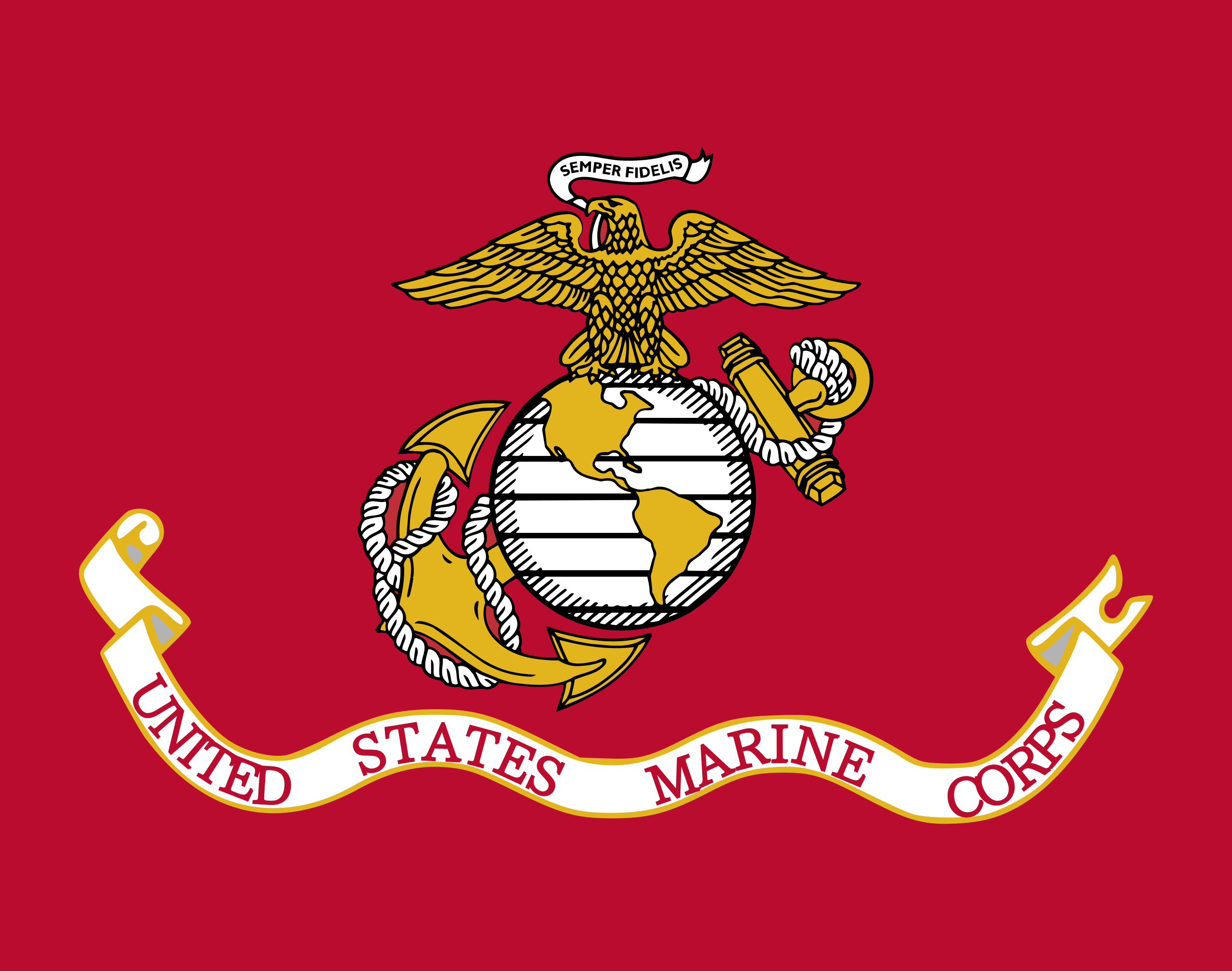
|
|
CONTEXT
The National Security Council and the Joint Chiefs of Staff informed the President of increasing global tensions around the world. While additional measures would need to be taken to show the world that the United States was prepared and able to take military action anywhere around the world, a solid first step would be to deploy a carrier strike group. After careful consideration, the President chose Carrier Strike Group Four, a part of the Atlantic Fleet, to be deployed along with its attached carrier air wing and Submarine Squadron 2. All of the ships and vessels were prepared, all shore leave was cancelled, and all weapons systems were prepared as the ships were fueled and last-minute maintenance was performed to ensure that all of the ships, their weapons, and their aircraft were prepared to function properly.
Rear Admiral Thibodeaux, who was aboard the USS William J. Clinton, received simple instructions from his chain of command: "Get underway and prepare for further orders."
Rear Admiral Thibodeaux, who was aboard the USS William J. Clinton, received simple instructions from his chain of command: "Get underway and prepare for further orders."
|
Last edited:




